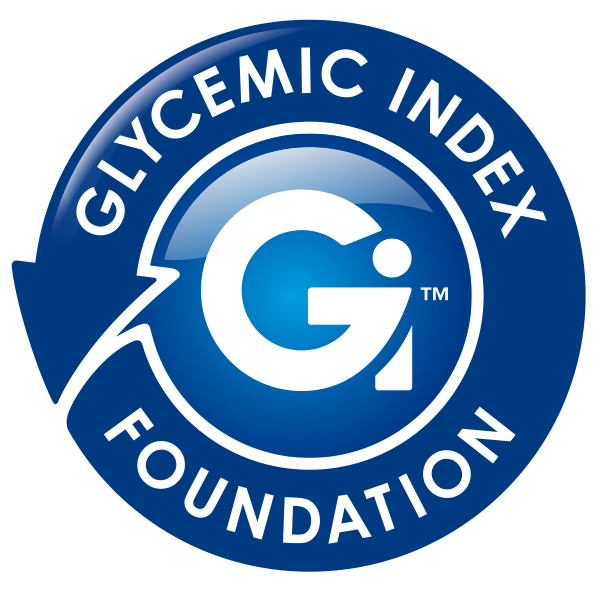Our immune system is our defence against things that may harm us such as infection. When it is not functioning at its best, we are more susceptible to contracting illnesses. Lifestyle factors that can impact our immunity include stress, poor sleep, poor hygiene, inactivity, and diet.
In particular, the interaction between diet and the immune system has been the focus for many researchers. We know that specific food and nutrients can affect inflammatory processes, white blood cell function and microbiome which in turn, impacts our immune system. These include high saturated fat, highly refined, high GI carbohydrate foods, added sugar and salt.
On the other hand, a healthy, balanced diet based on wholefoods has been linked with a stronger immune function and reduced illnesses. These include vegetables, fruit, nuts, seeds and legumes and animal protein including fish and seafood.
The link between low GI and immunity
A low GI diet includes a good supply of fruit, vegetables, healthy fats from olive oil and fish, nuts, seeds and fibre and protein. These foods are also naturally high in immune boosting nutrients including vitamin A, vitamin B6 & B12, vitamin C, vitamin D, copper, folate, iron, selenium, zinc, and protein.
Including all these important nutrients in the diet will help to reduce inflammation in the body, promote a healthy balance of gut bacteria, reduce oxidation and cellular damage, and improve blood glucose and insulin sensitivity. This will enable your immune to function at its best!
What key nutrients can help boost your immune system?
Including the following key nutrients as part of a balanced, low GI diet may improve and maintain your immune health:
- Vitamin A – keeps the skin, stomach, intestine, and respiratory system healthy, supports cell growth and differentiation and helps regulate the immune system and fight infection.
Low GI source: Orange sweet potato
- Vitamin D – vital for bone development and strength, hormone function and nervous system regulation, cell growth and maintaining a healthy immune system.
Low GI source: Fortified milk
- Vitamin C – helps build healthy skin and protect cells from damage, due to antioxidant properties. Also helps to absorb iron.
Low GI source: kiwi fruit
- Vitamin E – promotes healthy vision and skin and protects immune cells from damage, due to antioxidant properties.
Low GI source: mango
- Zinc – plays an important role in the creation of DNA, growth of cells, building proteins, healing damaged tissue, wound healing and supporting a healthy immune system.
Low GI source: chickpeas
- Protein – helps build antibodies and immune cell to help healing and recovery.
Low GI source: lentils
Health benefits of a low GI diet
Research has found that a low GI diet reduces the risk of developing significant health problems, and is a simple and effective way to:
- Manage weight by controlling appetite and delay hunger.
- Manage Polycystic Ovarian Syndrome (PCOS)
- Improve pregnancy outcomes.
- Prevent excessive weight gain during pregnancy
- Reduce the mother’s chance of developing gestational diabetes
- Lessen the likelihood of a complicated delivery, birth defects or lower infant birth weight
- Reduce a child’s future risk of chronic disease including obesity and type 2 diabetes
- Reduce the risk of developing type 2 diabetes Worldwide studies show that following a low GI diet significantly helps people with diabetes improve their blood glucose levels and can reduce the risk of developing type 2 diabetes. Low GI diets have been shown to:
- Improve blood glucose levels by reducing blood glucose spikes
- Reduce insulin resistance
- Help people with diabetes reduce their HbA1c by 0.5%
- Increase the rate of weight loss and reduce waist circumference
- Help prevent weight regain over the longer term
- Reduce the risk of vascular disease
- Reduce the risk of heart disease. A low GI diet can improve heart health by:
- Improving the elasticity of blood vessel walls and blood flow by reducing post-meal blood glucose levels
- Improving blood cholesterol levels, particularly LDL cholesterol, independent of the benefits of weight loss
- Reducing the risk of atherosclerosis, a chronic disease affecting blood vessels
- Aiding abdominal fat reduction
- Reduce breast cancer risk.
- Reduce acne.
- Improve concentration.
- Fuel the body for sustained energy
- Increase physical performance by extending endurance
- Decrease the risk of common diabetes complications by ~20%
- Feel fuller for longer – A low GI diet can increase feelings of fullness after eating and reduce hunger between meals
- Benefit eye health and prevent age-related macular degeneration (AMD), a leading cause of blindness
How to go low GI
In general, low GI foods are less processed and higher in fibre compared to high GI carbs e.g., white bread compared to wholegrain bread. So going low GI doesn’t mean giving up your favourite carbs like bread and potato. It is all about ‘smart swapping’ and to make it easier we have put together some easy ways to make the switch to low GI living.
| Breakfast | Strawberry Breakfast Trifle |
| Morning Snack | 1 serve fresh fruit e.g., 2 kiwi fruit or 1 orange |
| Lunch | Greek Salmon Salad |
| Afternoon Snack | Lemon Chia Balls |
| Dinner | Low GI Veggie Patties |
*Note: Sample meal plan is a general guide only. For more tailored advice, consulting with an Accredited Practising Dietitian.
By Rebecca McPhee, Accredited Practising Dietitian (APD) & Health Coach Consultant.



